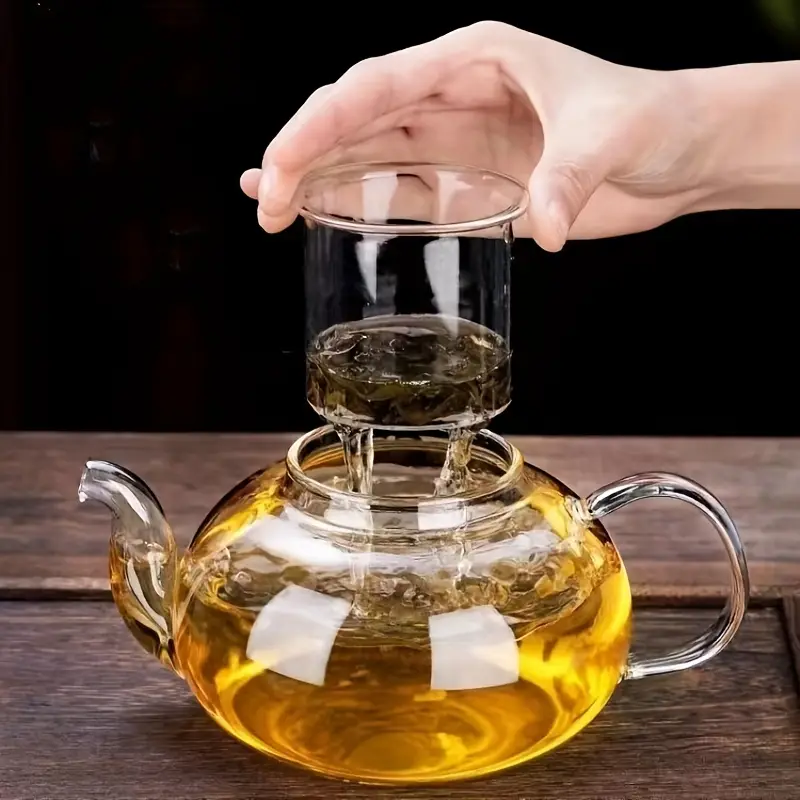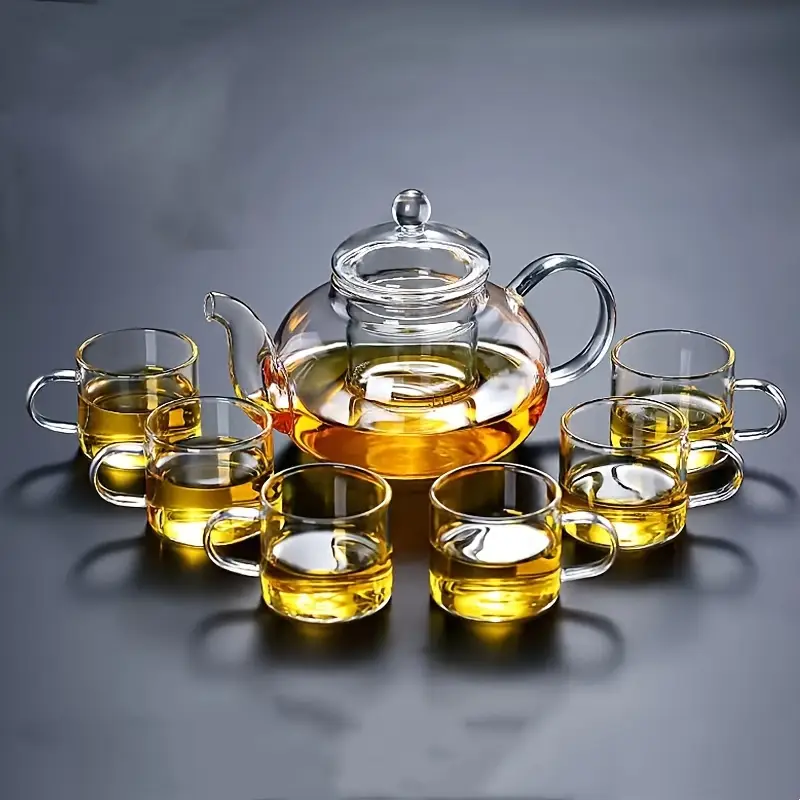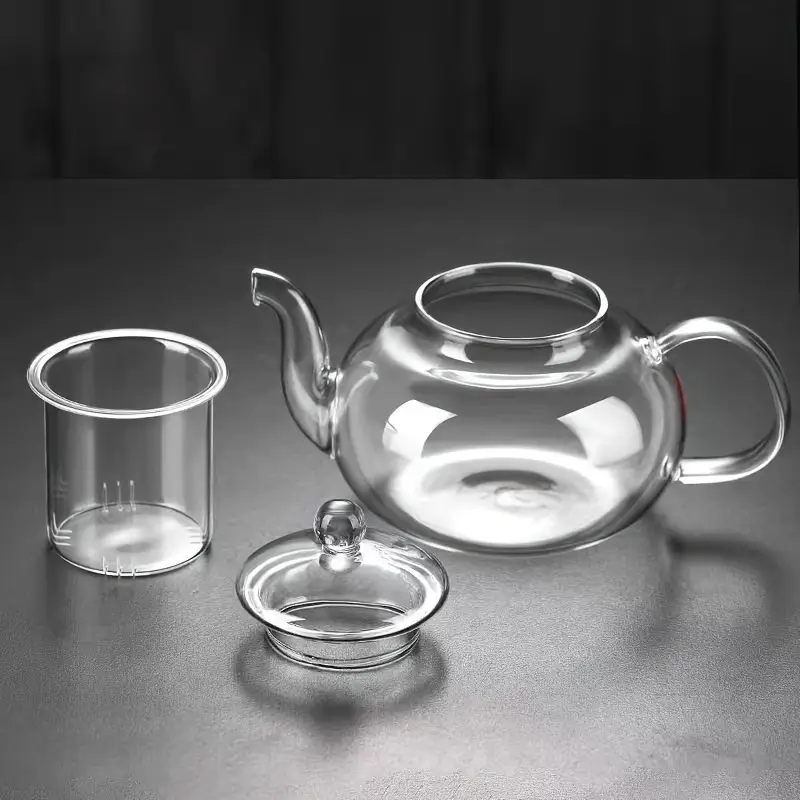Pi Luo Chun Tea
- LifeStyle Blogger

- Jun 11
- 5 min read
Updated: Jul 21
Discovering Pi Luo Chun: The Elegant Green Tea from China's Misty Mountains
Tea lovers around the world often chase stories in a teacup—flavors that carry the whispers of ancient gardens, misty hillsides, and centuries of craftsmanship. Pi Luo Chun, or “Green Snail Spring,” is one such tea. With its tightly curled leaves, floral aroma, and delicate taste, it has enchanted emperors and connoisseurs for centuries. But what makes this green tea so special?
Origins Rooted in Legend
Pi Luo Chun hails from the Dongting Mountains in Jiangsu Province, China, overlooking the serene Taihu Lake. Its poetic name, meaning “Green Snail Spring”, comes from the leaf’s curled shape that resembles a snail and its early spring harvest.
Legend has it that during the Qing Dynasty, Emperor Kangxi was so impressed by the tea’s unique flavor and fragrance that he renamed it from the local name “Scary Fragrance” to Pi Luo Chun, reflecting its more graceful nature. Grown among apricot, plum, and peach trees, the tea naturally absorbs the fruity aromas of its surroundings, giving it its signature floral-sweet profile.
When it comes to the world’s finest green teas, few can match the delicate charm and rich heritage of Pi Luo Chun. This exquisite tea captivates tea lovers with its floral aroma, subtle sweetness, and unique curled leaves. But what is it about Pi Luo Chun that sets it apart, and why is it often considered one of the most expensive teas? Let’s dive into its origin, health benefits, and the reasons behind its premium price.
A Sensory Experience in Every Sip
The leaves of Pi Luo Chun are hand-picked in early spring, selecting only the most tender buds and leaves. Rolled into tight spirals, the dry leaves are covered in fine white fuzz—a sign of their freshness and quality.
When steeped, Pi Luo Chun reveals a light jade liquor with a sweet, floral aroma and mellow vegetal notes, often with hints of stone fruit, orchid, and roasted nuts. Its flavor is smooth and refined, offering a lingering finish that invites you to slow down and savor.
Health Benefits of Pi Luo Chun Tea - A Cup Full of Wellness
Like many green teas, Pi Luo Chun is packed with health-promoting properties:
Pi Luo Chun is more than just a delight for the senses; it’s packed with health benefits:
Rich in antioxidants: High levels of catechins and polyphenols help fight free radicals and reduce oxidative stress, supporting overall cellular health.
Boosts metabolism and energy: Contains natural caffeine, providing a gentle energy lift and mental alertness without the jitteriness of stronger stimulants.
Supports cardiovascular health: Regular consumption of green tea has been linked to better heart health, including improved cholesterol levels.
Aids digestion and detoxification: Pi Luo Chun is known for its light and cleansing properties, promoting digestion and helping the body flush out toxins.
Brewing Tips for the Perfect Cup
To bring out the full flavor of Pi Luo Chun, gentle brewing is key:
Water Temperature: 80–85°C
Amount: 1 tsp per cup (2–3 g)
Steep Time: 1–2 minutes
Multiple Infusions: Up to 3 times—each reveals a new layer of flavor
Avoid boiling water or over-steeping, as it can turn this gentle tea bitter.
High-Quality Thick Glass Teapot and Cup Set
Clear Glass Tea Pot with Matching Cups
Click HERE for information on this Glass Teapot Set
A Tea of Sophistication and Heritage
Pi Luo Chun is a tea that embodies the artistry of Chinese tea culture, from its rare harvest to its refined taste and notable health benefits. While it carries a higher price, every sip offers a connection to nature, tradition, and centuries of craftsmanship.
For tea enthusiasts seeking something special, Pi Luo Chun is a treasure worth exploring.
Have you tried Pi Luo Chun? Share your experiences or questions in the comments—we’d love to hear from you!
The Value of Pi Luo Chun Tea in South Africa
Due to its rarity, hand-harvesting, and limited growing region, Pi Luo Chun is considered one of the most premium green teas in the world. In South Africa, authentic Pi Luo Chun typically retails between R520 and R912 per 100 grams, depending on the grade and origin. For tea connoisseurs, this investment reflects not just the tea’s unique floral and fruity aroma but also its heritage and the meticulous craftsmanship behind every harvest. While it may seem costly, each cup offers an experience of luxury and tradition that few teas can match.
Why Is Pi Luo Chun So Expensive?
Several factors contribute to Pi Luo Chun’s premium price tag.
1. Extremely Labor-Intensive Harvesting
Only the youngest, tender buds and one or two leaves are hand-picked during a very short window in early spring, usually just a few weeks. It can take as many as 15,000 buds to produce just one kilogram of dry tea leaves.
2. Limited Growing Region
True Pi Luo Chun only grows in the Dongting Mountains, a relatively small area with ideal but specific climate conditions. This geographic exclusivity limits supply.
3. Unique Aroma and Flavor Profile
The tea bushes’ proximity to fruit trees imparts a subtle fruity aroma that is difficult to replicate, making this tea highly sought after for its unique sensory experience.
4. Traditional Craftsmanship
The processing involves skilled hand-rolling and careful pan-firing to preserve the delicate flavors and fine leaf structure.
5. Import and Distribution Costs
When sourced internationally and sold in markets like South Africa, shipping, import duties, and retailer markups also add to the final price.
Here’s how to visually recognize authentic Pi Luo Chun (Bi Luo Chun) tea plants and leaves.
1. Leaf Appearance (Dried Form)
Shape: The leaves are tightly curled into snail-like spirals—this is where the name “Green Snail Spring” comes from.
Texture: Look for fine white or silvery hairs on the surface of the young buds. These “pekoe” hairs indicate early spring harvest and high quality.
Color: A fresh, vibrant green to dark olive color with pale fuzz—never dull or brown unless old or poorly stored.
2. Tea Plant Characteristics (on the bush)
Buds and Leaves: Pi Luo Chun is plucked as a single bud with one or two small leaves, often in early spring. The bushes are carefully pruned to encourage dense, tender growth.
Growth Environment: Traditionally grown in the Dongting Mountains beside fruit trees like plum, apricot, and peach. These neighboring trees influence the tea's fruity floral fragrance.
Size: The young leaves are tiny and delicate, indicating careful hand-harvesting. This also makes processing more labor-intensive.
Brewing Clue: Visual Changes
When brewed, authentic Pi Luo Chun unfurls into beautiful, intact leaves and buds that swirl gently in the cup, releasing a pale, almost jade-green liquor with a light floral, slightly nutty aroma.
My Creative Lifestyle is designed on the Wix.Com, platform. Click HERE for more information, plus you can easily add the Shopify e-commerce app through the platform.
Click the link HERE to join ⭐️Temu Affiliate Program⭐️!
Up to 💰R2,000,000 per month is waiting for you
Get a Card Machine to collect payments on the go.
Affiliate Disclaimer:
Some of the links on this site are affiliate links, which means I may earn a small commission if you purchase them at no additional cost to you. I only recommend products or services I use or believe will add value to you.






















Comments